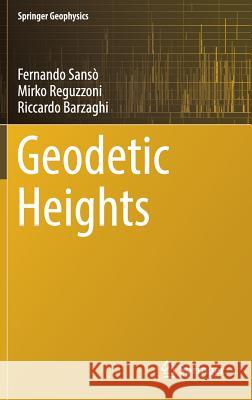Geodetic Heights » książka
topmenu
Geodetic Heights
ISBN-13: 9783030104535 / Angielski / Twarda / 2019 / 141 str.
Kategorie BISAC:
Wydawca:
Springer
Seria wydawnicza:
Język:
Angielski
ISBN-13:
9783030104535
Rok wydania:
2019
Wydanie:
2019
Ilość stron:
141
Waga:
0.39 kg
Wymiary:
23.39 x 15.6 x 0.97
Oprawa:
Twarda
Wolumenów:
01
Dodatkowe informacje:
Wydanie ilustrowane











